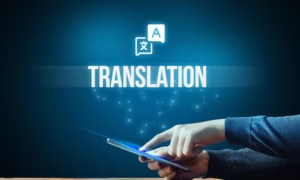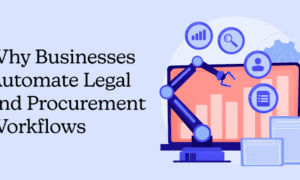Remote work, hybrid schedules and scattered offices have redrawn the social map of modern companies and employee connection is fraying. Gallup’s latest survey shows barely 32 % of U.S. workers describe themselves as “engaged” at work, a near‑record low, while Buffer reports that 23 % of remote employees name loneliness as their biggest struggle.
Against that backdrop, platforms such as Teamland are reframing “team building” from an annual off‑site into an always‑on strategy for culture, trust and retention.
Why Intentional Team Building Matters Now
Low engagement is more than a morale issue—it bleeds productivity and pushes attrition costs sky‑high. Deloitte’s 2024 Human Capital Trends study argues that human performance—the virtuous loop between people outcomes and business results—will decide which organizations thrive in boundaryless work models.
Harvard Business Review echoes the warning: hybrid teams that invest in structured connection rituals outperform those that “leave cohesion to chance”. In short, if you aren’t designing experiences that knit colleagues together, the market and your talent pipeline will notice.
Three Principles for High‑Impact Activities
- Purpose over pastime: Games and challenges must reinforce a business skill communication, creative problem‑solving, psychological safety to move the engagement needle.
- Frequency beats flash: Small, recurring touch‑points (virtual coffee roulette, five‑minute check‑ins) compound trust faster than an annual ropes course.
- Inclusive design. Distributed and neuro‑diverse teams need multiple formats—video, audio, tactile kits—to ensure everyone participates meaningfully.
Where Teamland Fits
Teamland curates 200 + live‑hosted experiences spanning virtual game shows, escape rooms, cooking classes, and in‑person adventures. Its Idea Generator filters events by goal (ice‑breaker vs. leadership training), group size and budget, trimming hours off a manager’s planning cycle.
Because events run inside a single platform complete with breakout rooms, trivia engines and physical‑gift logistics organizers avoid the Zoom‑plus‑Miro‑plus‑DoorDash juggling act that kills momentum .
For deeper engagements, Teamland’s facilitators weave learning modules into play: a “Virtual Game Show” ladders debrief questions about feedback styles , while an outdoor Survivor‑style off‑site layers conflict‑resolution coaching into challenge rounds .
The company even offers an ROI calculator that estimates the productivity lift from reducing turnover and meeting fatigue a data point finance leaders can take straight to the budget meeting.
Quick Start Checklist
- Audit engagement gaps. Use pulse surveys or Gallup‑style Q12 items to spot low‑trust signals before they metastasize.
- Map activities to objectives. Need faster onboarding? Pick rapid‑bonding micro‑games. Need cross‑functional innovation? Choose problem‑solving labs.
- Blend virtual and in‑person. HBR finds hybrid teams keep meeting tech even on office days; use that habit to string weekly digital mixers between quarterly off‑sites.
- Measure, iterate, repeat. Post‑event surveys plus KPIs (meeting participation, voluntary turnover) give hard feedback loops, aligning with Deloitte’s “human performance” framework.
Bottom Line
In 2025, talent will judge employers less by ping‑pong tables than by the quality of everyday connection. Intentional, outcomes‑driven team‑building powered by platforms like Teamland turns scattered colleagues into collaborative allies and converts culture from a poster on the wall into a measurable business asset.
In this new era, companies that prioritize authentic relationships and foster meaningful collaboration will not only retain top talent but also drive innovation and performance to new heights.



































